This week marks the 5oth anniversary of the 1964-65 New York World’s Fair which ran for two six-month seasons, April 22 – October 18, 1964 and April 21 – October 17, 1965. For Disney fans, the fair celebrates the anniversary of some of the most loved attractions and technological accomplishments used in the theme parks. The fair was dedicated to “Man’s Achievement on a Shrinking Globe in an Expanding Universe” which was symbolized by the 12-story high, stainless-steel model of the earth called the Unisphere – which still stands in Flushing Meadows-Corona Park, Queens, NY.
Many of the pavilions were built in a Mid-Century modern architectural style influenced by car culture, jet aircraft, the Space Age, and the Atomic Age. The pavilion structures often expressed a new-found freedom of form enabled by modern building materials, such as reinforced concrete, fiberglass, plastic, tempered glass, and stainless steel. Some pavilions were shaped like the product they were promoting, such as the US Royal tire-shaped Ferris wheel. Others were more abstract representations, such as the spheroid shaped IBM pavilion or the General Electric circular dome shaped “Carousel of Progress”.
A couple of notable pavilions (non-Disney) were sponsored by the General Motors Corporation and IBM. GM’s Futurama show was a ride in which visitors were seated in moving chairs that glided past elaborately detailed miniature 3D models showing what life might be like in the “near-future.” IBM’s pavilion had a 500-seat grandstand called the “People Wall” that was pushed by hydraulic rams high up into an elliptical theater designed by Eero Saarinen. There was also a film by Charles and Ray Eames titled Think that was shown on fourteen large and eight small screens, illuminating the workings of computer logic. You can see the Eames work on the documentary titled, “The Artist and The Painter.” IBM also demonstrated handwriting recognition on a mainframe computer that would look up what happened on a particular date that a person wrote down—for many visitors, this was their first hands-on interaction with a computer.
But, I think my favorite attractions at the fair would have been the four created by Disney. The pavilions were the venue Walt used to design and perfect his system of “Audio-Animatronics” and ride system tracks. The four shows are:
“Pepsi Presents Walt Disney’s ‘It’s a Small World’ – a Salute to UNICEF and the World’s Children”. “It’s A Small World” was moved to Disneyland, given a new façade, and is still the “happiest cruise that ever sailed”. What makes this attraction so endearing, in my opinion, is the Sherman Brother’s song, Mary Blair’s use of whimsical colors, and Alice Davis’ elaborate costumes.
General Electric’s “Progressland”, where an audience seated in a revolving auditorium – a circle of six theaters, all connected by divider walls, revolved clockwise around six fixed stages every four minutes – viewed an Audio-animatronic presentation of the progress of electricity in the home. The Sherman Brothers composed the catchy “There’s a Great Big Beautiful Tomorrow” for this attraction. The highlight of the exhibit demonstrated a brief plasma “explosion” of controlled nuclear fusion that was so loud it could be heard outside at the neighboring Travelers Insurance pavilion. After the fair, it was moved to Disneyland from 1967 to 1973, then it was relocated to Walt Disney World where it remains today.
Ford Motor Company’s “Ford’s Magic Skyway”, a WED Imagineering designed pavilion was the second most popular exhibit at the fair. It featured 50 actual, motor-less convertible Ford vehicles, including the 1964 1/2 Mustang (which was introduced at the fair), in an early prototype of what would become the PeopleMover ride system. The ride moved the audience through scenes featuring life-sized Audio-animatronic dinosaurs and cavemen. The PeopleMover ran at Disneyland from 1967 to 1995 and opened at Walt Disney World in 1975, where you can still ride it today. Take a ride on the Disneyland Railroad, between the Tomorrowland and Main Street Stations, to see the Primeval Diorama.
The State of Illinois’ pavilion featured a lifelike President Abraham Lincoln, voiced by Royal Dano, who recited his famous speeches in “Great Moments with Mr. Lincoln.” Lincoln still addresses visitors at Disneyland at the Main Street Opera House. An expanded version, “The Hall of Presidents,” can be seen in Walt Disney World’s Liberty Square.
My family ventured to the 1982 World’s Fair in Knoxville, TN when I was eleven. It left an impression on me – the size, the robotics, the colors, the masses of people – but I’m sure it was nothing in comparison to the sites in 1964. I think it would have been quite magical to be in on the dawning of the computer era and the marvelous discoveries presented in New York.
Sources:
Wikipedia.org – to round out some dates
My vast knowledge of all things architectural and Disney trivial 😉

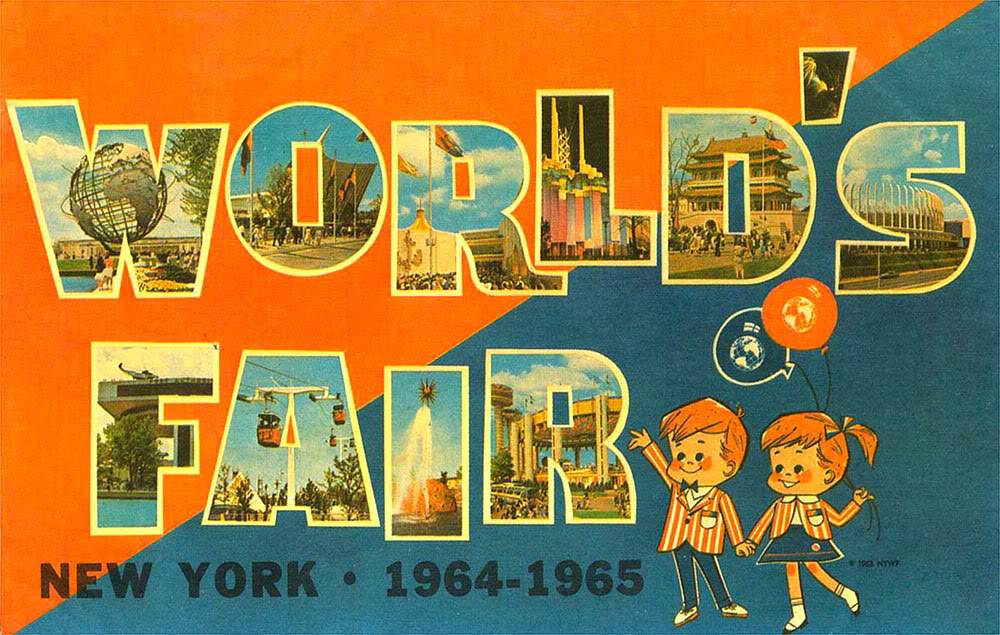

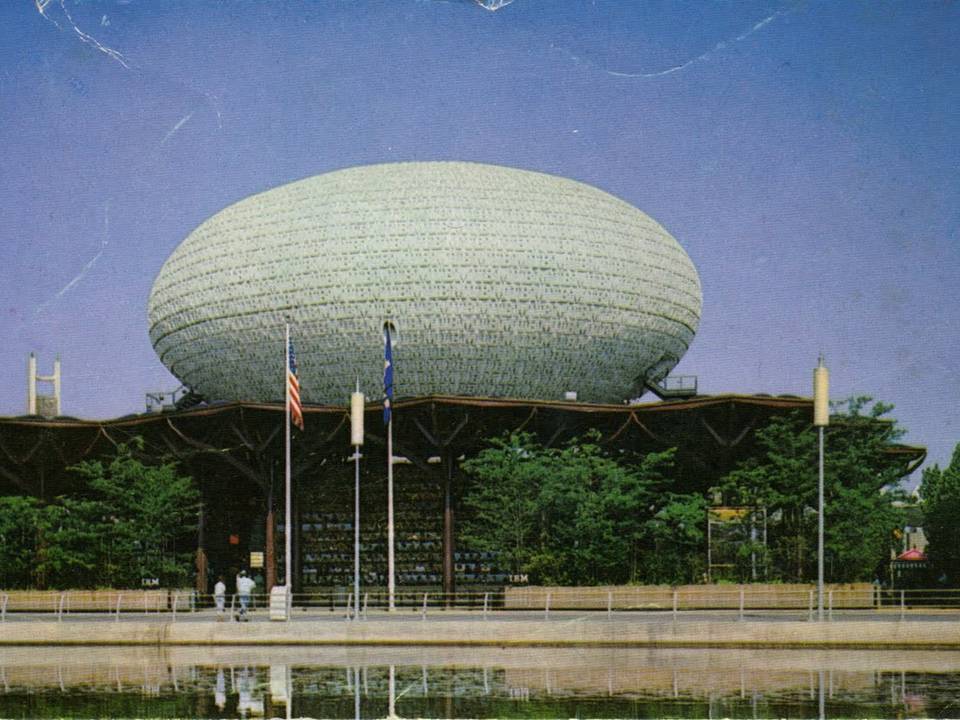
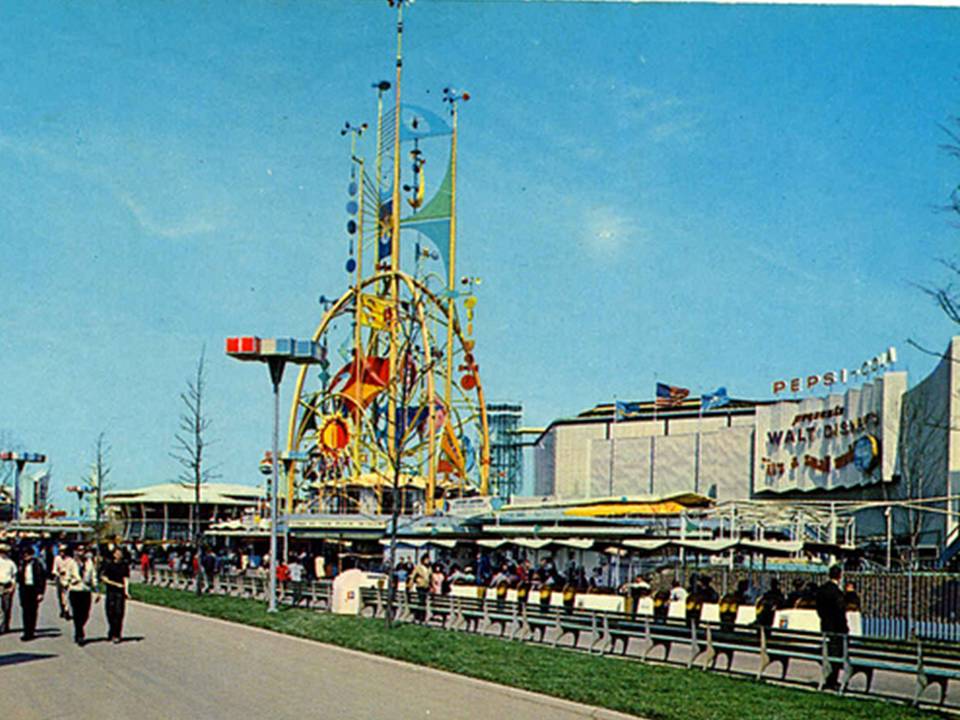
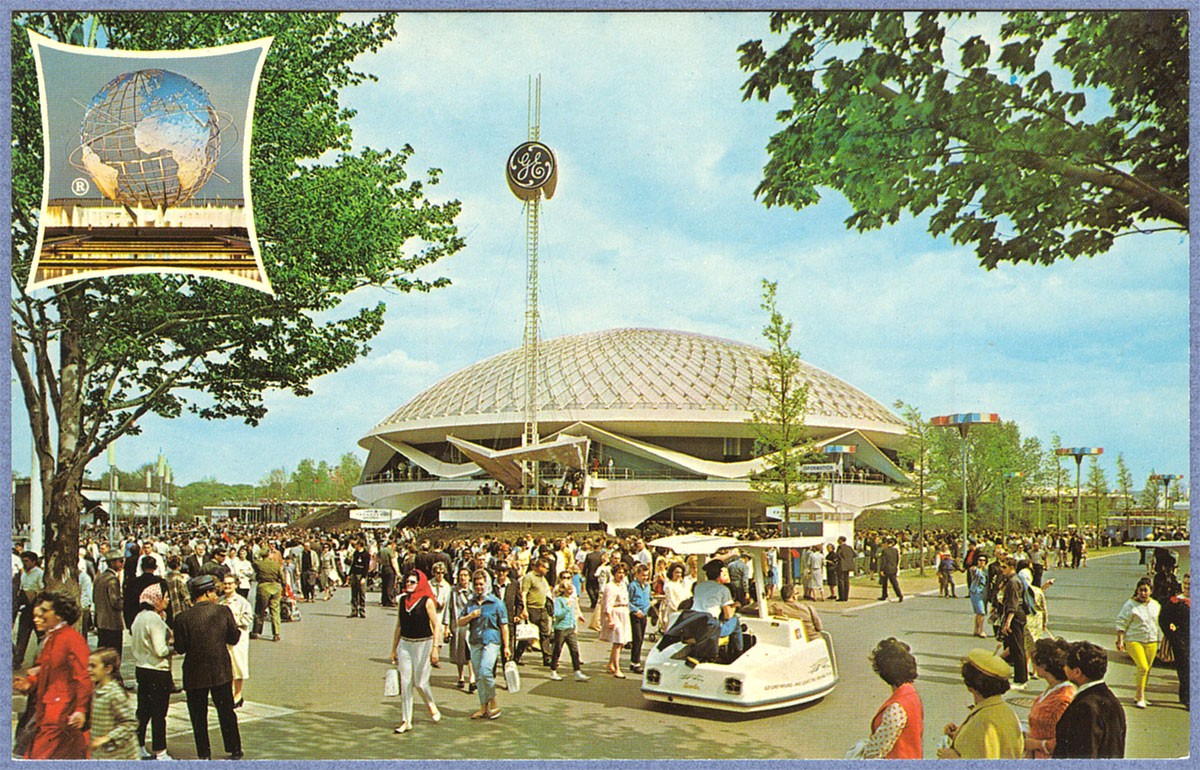
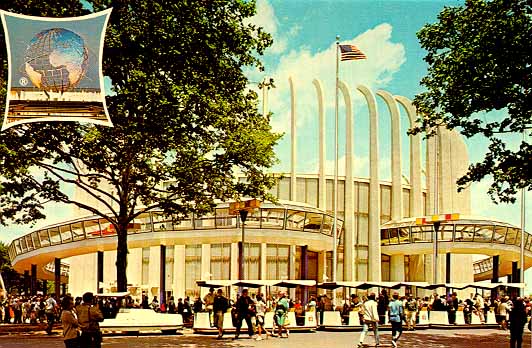
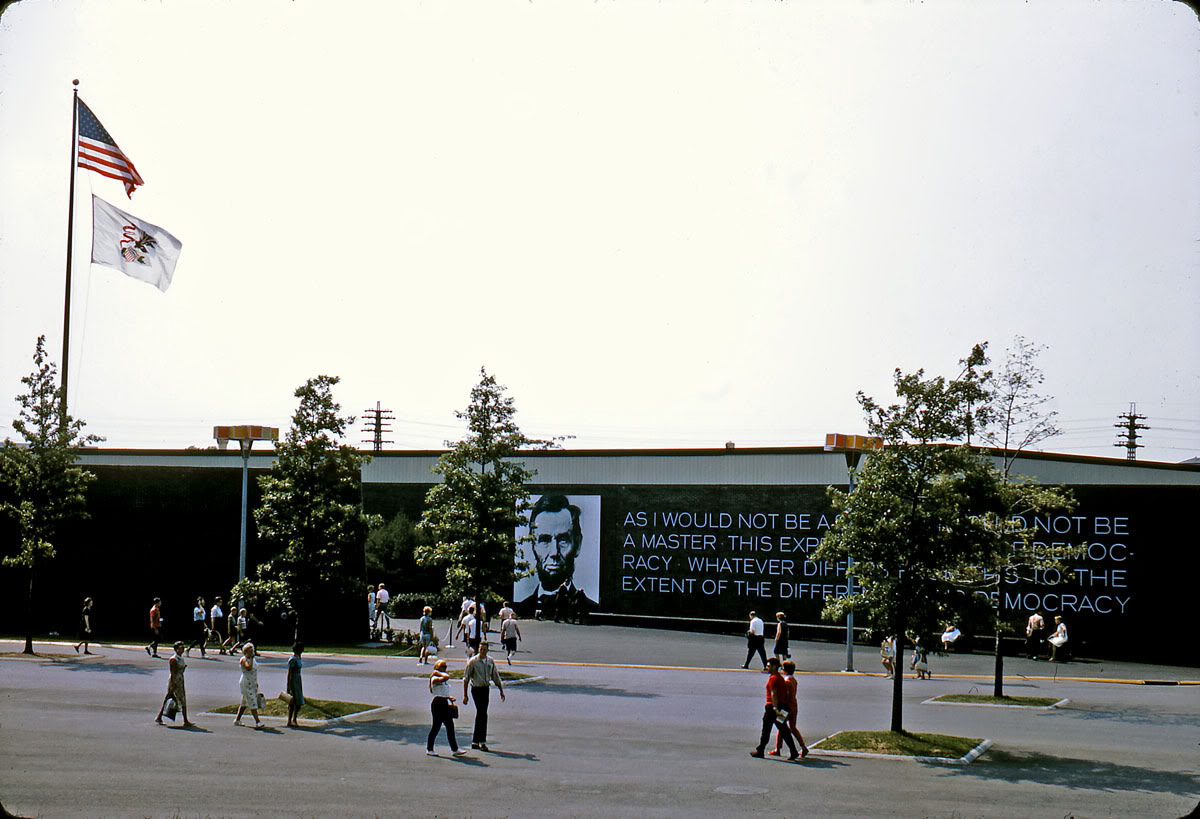
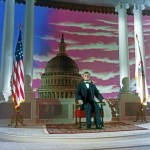

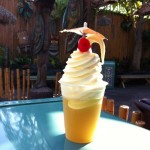
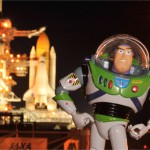
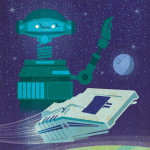
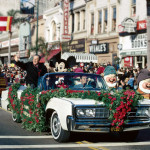

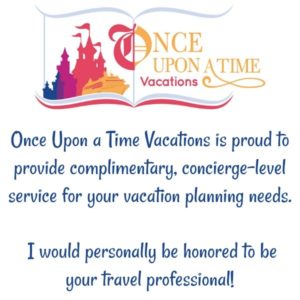
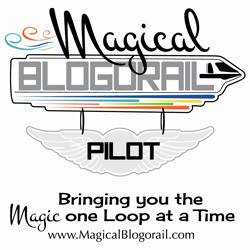

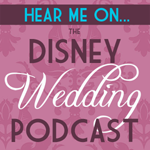


My favorite Disney attraction to come from the World’s Fair is The Carousel of Progress. It’s such a great show! And I love the song! It’s a must do for me at WDW. Thanks for linking up this week!
Many amazing things came out of the worlds fair. Love that it gave Disney the opportunity to test out his creations and see how the public would react.
My favorite is Small World, but I really like Carousel too! Disney was smart to let others provide the finances in order to build his dreams – wish I could wrangle people into doing that for me.
Pingback: L’expo internationale de New York 1964-1965 – Votre voyage à Disney par Isa et Alex Boivin